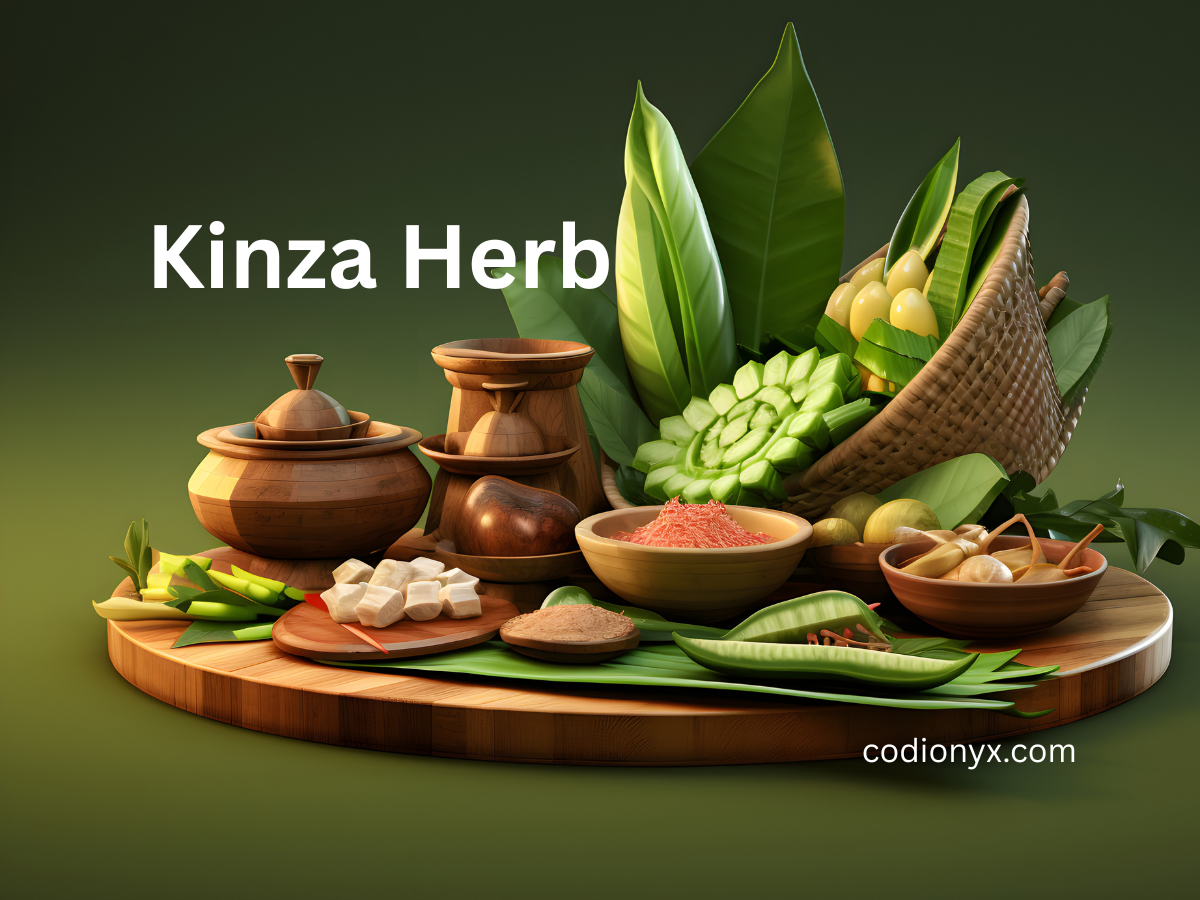Introduction
The aromatic green plant known as kinza herb, often called cilantro or coriander in other areas of the world, is prized for both its culinary and therapeutic uses. Kinza has a special position in kitchens, gardens, and herbal traditions all throughout the world, whether it is used as a medicinal cure or sprinkled fresh over food. Numerous civilizations have long acknowledged its health benefits, and its distinct flavor and perfume make it a necessary component of innumerable cuisines.
The History of Herb Kinza
The history of kinza herb cultivation dates back thousands of years, to the time of ancient Egypt, Greece, and Rome. It was employed as a preservative and a spice, according to historical documents. Kinza has long been valued for its capacity to improve flavors and infuse food with freshness in South Asian, Middle Eastern, and Mediterranean cuisines.
Since it grows well in moderate climates and can be grown in both large-scale farms and personal gardens, kinza is now grown practically everywhere in the world.
Also Read:https://codionyx.com/late-night-food/
Features and Profile of Flavor
Bright green and delicate, kinza leaves have an earthy, slightly lemony flavor that is frequently characterized as both pungent and pleasant. It’s interesting to note that although the majority of people appreciate the fresh scent of kinza, a tiny minority believe that its flavor is soapy because of hereditary characteristics. The herb’s cultural appeal is increased by this particular division.
The seeds of the plant are highly prized because they may be dried to make coriander, a spice. Kinza is a plant that can be used for a variety of purposes since the seeds have a toasty, nutty flavor that is quite different from the fresh leaves.
Uses in Culinary Arts Worldwide
A beloved in cuisines all across the world, kinza herb is used in many different dishes:
South Asia: Freshly used as garnishes, chutneys, and curries.
Middle Eastern: An essential component in marinades, salads, and tabbouleh.
Latin America and Mexico: A staple in tacos, guacamole, and salsas.
Southeast Asia: Used in fresh spring rolls, noodle meals, and soups.
Because of its adaptability, it enhances almost every dish with freshness and brightness and goes well with meats, vegetables, lentils, and grains.
Advantages of Kinza Herb for Health
Beyond its culinary applications, kinza herb has many health benefits. Packed with antioxidants and vitamins A, C, and K, it promotes general health.
Among its well-known health advantages are:
Detoxifying qualities: Could aid in the body’s removal of heavy metals.
Anti-inflammatory properties: lessen joint discomfort and swelling.
Digestive aid: Helps lessen discomfort and bloating.
Support for the immune system: Vitamins and antioxidants boost immunity.
How to Home Grow Kinza Herb
Kinza can be grown easily and successfully at home. It grows best in soil that drains properly and receives mild sunlight. You can pick leaves a few weeks after planting because it develops swiftly. Since the plant likes lower temperatures, most places are best suited for early spring or fall seeding.
Conclusion
More than just a common ingredient in the kitchen, kinza herb serves as a link between traditional cooking methods and contemporary cookery, as well as between taste and health. It is a must-have for foodies and wellness fans alike because of its unique flavor, versatility in the kitchen, and therapeutic qualities. This green herb, often known as cilantro, coriander, or kinza, is one of nature’s most priceless gifts.
FAQs
Q1: Are coriander and kinza interchangeable?
Indeed. While “coriander” typically refers to the dried seeds, “kinza” frequently refers to the fresh leaves.
Q2: Can I store kinza herb in the freezer for later use?
Indeed. Chopped kinza leaves can be frozen in ice cube trays with water or oil, or in an airtight container.
Q3: Why do some people think kinza tastes soapy?
This is because of a genetic difference that influences how some of the herb’s chemicals are interpreted.
Q4: Does kinza help people lose weight?
Kinza is an excellent supplement to a weight-loss diet because it is high in nutrients and low in calories.
Q5: How should fresh kinza be stored?
You can either put its stems in a jar of water with a plastic bag over the leaves, or wrap it in a wet paper towel and store it in the refrigerator.










